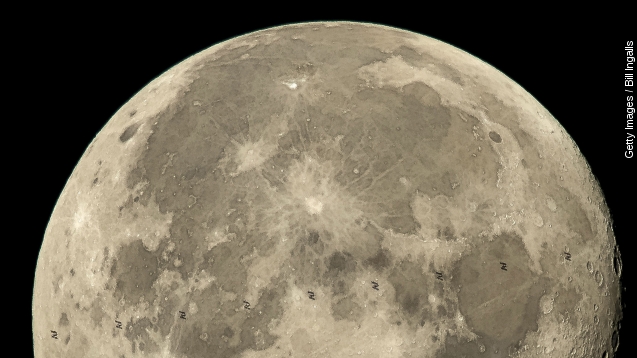NASA put a man on the moon in 1969. In 2015, a Japanese company wants to put something really special there — an ad.
Execs are sending a packet of Pocari Sweat, a Japanese sports-drink, to the moon. Yup, you heard right, the moon.
The hope is that someday an astronaut will venture to the moon and enjoy the drink. All in the name of advertising, of course.
We're thinking there's still a long way to go before moon advertising is the norm, but there are new forms of advertising in today's digital world: Take native advertising and personalized ads, for example.
Native advertising is paid content that looks like something the site would actually make — not an ad. Probably the biggest success story with native advertising is Buzzfeed. Take a look at "A Thank-You Letter To Summer." It's paid for by Pepsi, has links to Pepsi's Twitter, but looks like a regular post.
Then there's personalized advertising. To be honest, we find this method a bit creepy. It's kind of like the movie Minority Report: "John Anderson, you could use a Guinness right now."
Have you ever searched for a new car on Google, then noticed cars showing up all over your browser or social media sites? That's how it works. It tracks your habits and tries to predict your needs as a consumer.
So, should we say "sayonara" to our favorite TV commercial characters? Not yet.
According to a recently published study from MarketShare, TV advertising is still the most effective way to reach consumers.
Sending a rover to the moon to display your message might be a big PR stunt. But you can't mess with tradition. A 30-second block of commercial airtime during the Super Bowl can reach more than 100 million consumers.
This video includes images from Getty Images.


